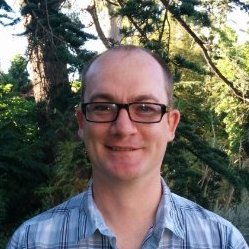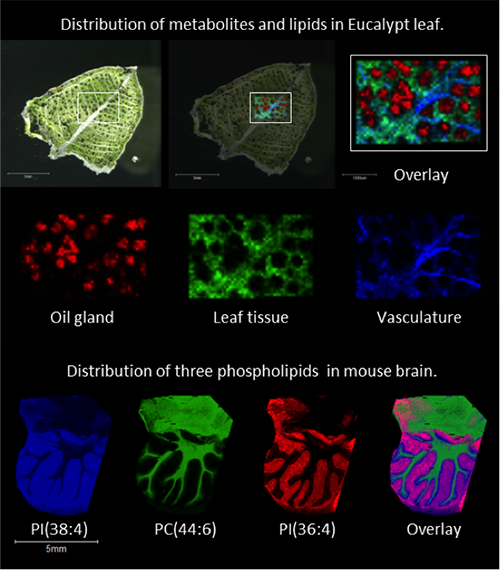Seminars with Gleadow and Boughton
Plant defence-growth trade offs in a high CO2 world: implications for food security
Assoc. Prof Ros Gleadow, Plant Ecophysiology Group, Monash University
 Abstract: Sorghum and cassava are well adapted to cope with global warming, with likely increases in yield, but care must to be taken to ensure food safety. Both allocate significant resources to producing cyanogenic glucosides. High throughput phenomics was used to assess the growth cost of dhurrin synthesis in sorghum by comparing acyanogenic mutants with wildtype plants. Other studies calculate the impact of elevated CO2, nitrogen supply, etc. Secondary metabolite concentration is intricately linked to the primary metabolism and may act to mitigate oxidative stress. In situ subcellular location of dhurrin, and ROS is now being compared using Raman and confocal microscopy.
Abstract: Sorghum and cassava are well adapted to cope with global warming, with likely increases in yield, but care must to be taken to ensure food safety. Both allocate significant resources to producing cyanogenic glucosides. High throughput phenomics was used to assess the growth cost of dhurrin synthesis in sorghum by comparing acyanogenic mutants with wildtype plants. Other studies calculate the impact of elevated CO2, nitrogen supply, etc. Secondary metabolite concentration is intricately linked to the primary metabolism and may act to mitigate oxidative stress. In situ subcellular location of dhurrin, and ROS is now being compared using Raman and confocal microscopy.
Spatial Metabolomics – Methods for Imaging small molecules using MALDI Mass Spectrometric Imaging
Dr Berin Boughton, Research Fellow, The University of Melbourne
 Abstract: Imaging Mass Spectrometry (IMS) is a powerful emerging technology opening a new frontier in the research of spatial metabolomics. IMS maps the spatial and temporal distribution of 100’s to 1000’s of biomolecules (metabolites, proteins, drugs and chemicals) at once within biological tissues providing an enhanced understanding of underlying biological processes. The technique is opening new windows allowing examination of host-parasite interactions in vivo and allowing the highly specific mapping of plant secondary metabolites within tissues.
Abstract: Imaging Mass Spectrometry (IMS) is a powerful emerging technology opening a new frontier in the research of spatial metabolomics. IMS maps the spatial and temporal distribution of 100’s to 1000’s of biomolecules (metabolites, proteins, drugs and chemicals) at once within biological tissues providing an enhanced understanding of underlying biological processes. The technique is opening new windows allowing examination of host-parasite interactions in vivo and allowing the highly specific mapping of plant secondary metabolites within tissues.

